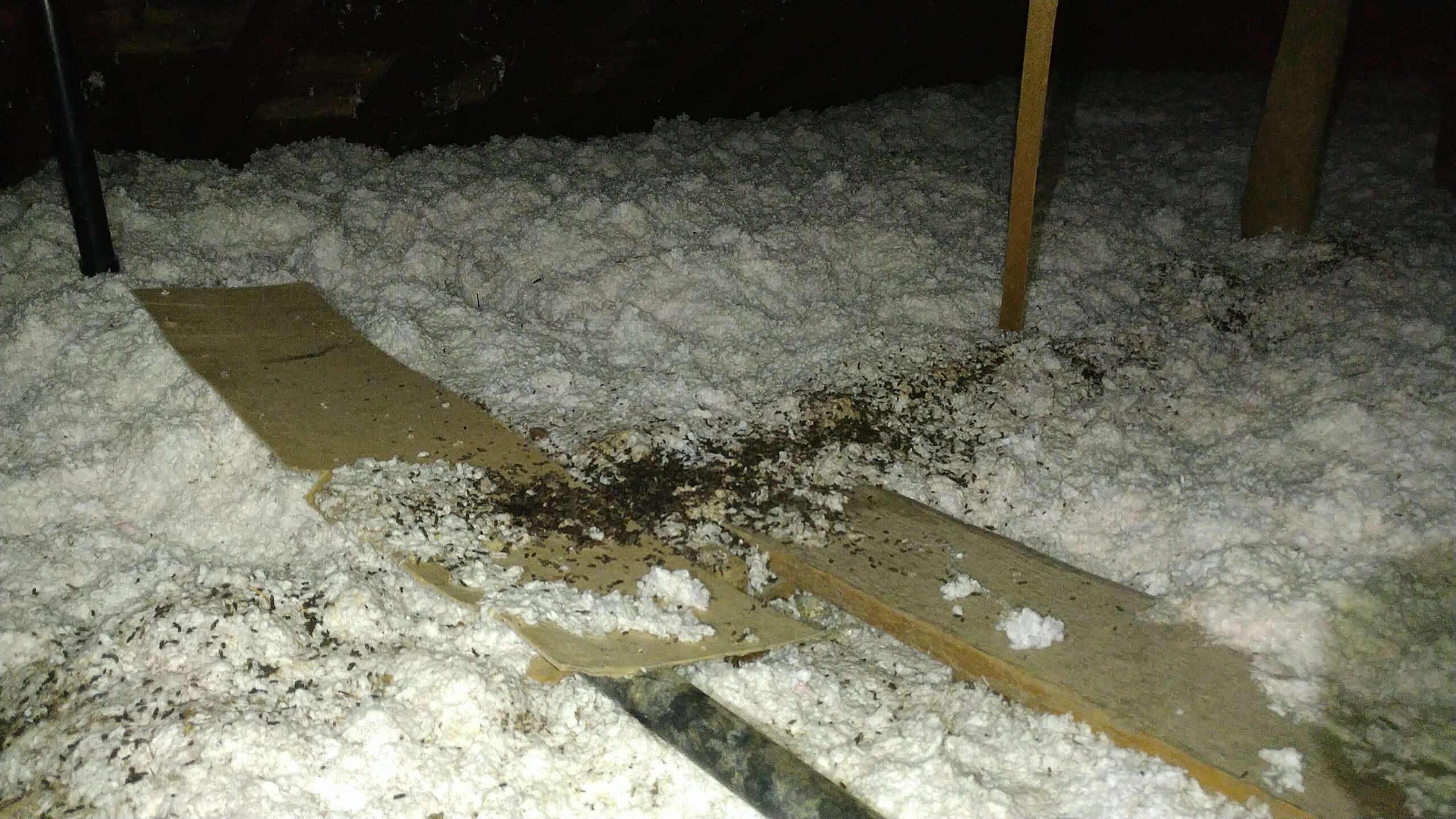With the arrival of spring comes longer days, warmer temperatures and lots of little bats being born. The bats in our region mate in the late autumn months, but the females do not actually become pregnant until springtime! Females often form maternal colonies, and spring is an ideal time for them to head out in search of a new place to have and raise their pups. When bats choose to roost in your attic, contact our bat removal Whitby experts for humane and safe solutions.
A Stealth Arrival
The big and little brown bats and the long-eared myotis are common in human environments and frequently find their way into people’s homes. Bats are nocturnal, and they also prefer to avoid confrontations with animals that may do them harm, humans included.
When these animals seek out a new place to roost, they do it under the cover of darkness. They are small, dark in colour and relatively quiet, which means that they can slip in unnoticed. People can go a long time completely unaware of the presence of a colony residing in the upper reaches of their homes!
A Hidden Danger
The longer a colony resides in an attic, the bigger the problem becomes. People usually associate bats with rabies. While it is true that they carry the disease, transmission to humans or their pets is rare. Even when they are sick, bats are not inclined to attack. Bites typically only occur when people or pets make the first move on the animal. If they feel threatened or scared, they do what most animals do and try to protect themselves.
Their presence in the attic does pose some hidden dangers, and many of them originate from the accumulation of bat guano and urine. The three biggest issues are:
- Structural damage: A bat colony in the attic results in the accumulation of a lot of bat excrement. Over time, these can seep into and ruin floors, walls and insulation. If it gets bad enough, the substances can soak all the way through to the ceiling.
- Disease transmission: Rabies is not the only disease these animals spread. Bats carry other pathogens that have the potential to cause illness, including Ebola, severe acute respiratory syndrome and histoplasmosis. Histoplasmosis is transmitted through bat droppings and presents the greatest threat from bat colonies in our region.
- Insect infestation: Bats host a pesky little insect called the bat mite. These mites are often mistaken for bed bugs. Once they make their way into people’s living quarters, they feast on the blood of human occupants. As long as the bats remain in residents, the creatures will continue to invade, even after the home is treated.
A Tiny Little Window
Bats are protected species, so it is unlawful to harm or kill them. Removal is a tricky process that requires specialized skills to keep the animals safe. The bat life cycle stipulates timing for removal and exclusion. The window for excluding bats from your attic is very small. It can only occur in the time period between when the bats wake up from hibernation and when they begin to give birth. Bats can fit through tiny openings that exist in the roof, at the place where the roof and sides meet or around attic vents. It takes a trained eye to be able to spot all potential entry points, and if any are missed, a determined bat will find it.
A Rapid Response
Leave bat removal and exclusion to those who are trained to handle it. Skedaddle technicians are experts in bat biology and behaviour. They can manage a bat colony safely and humanely. If you discover bats in your house, don’t delay in getting the problem resolved. Contact our bat removal Whitby specialists to schedule services.



